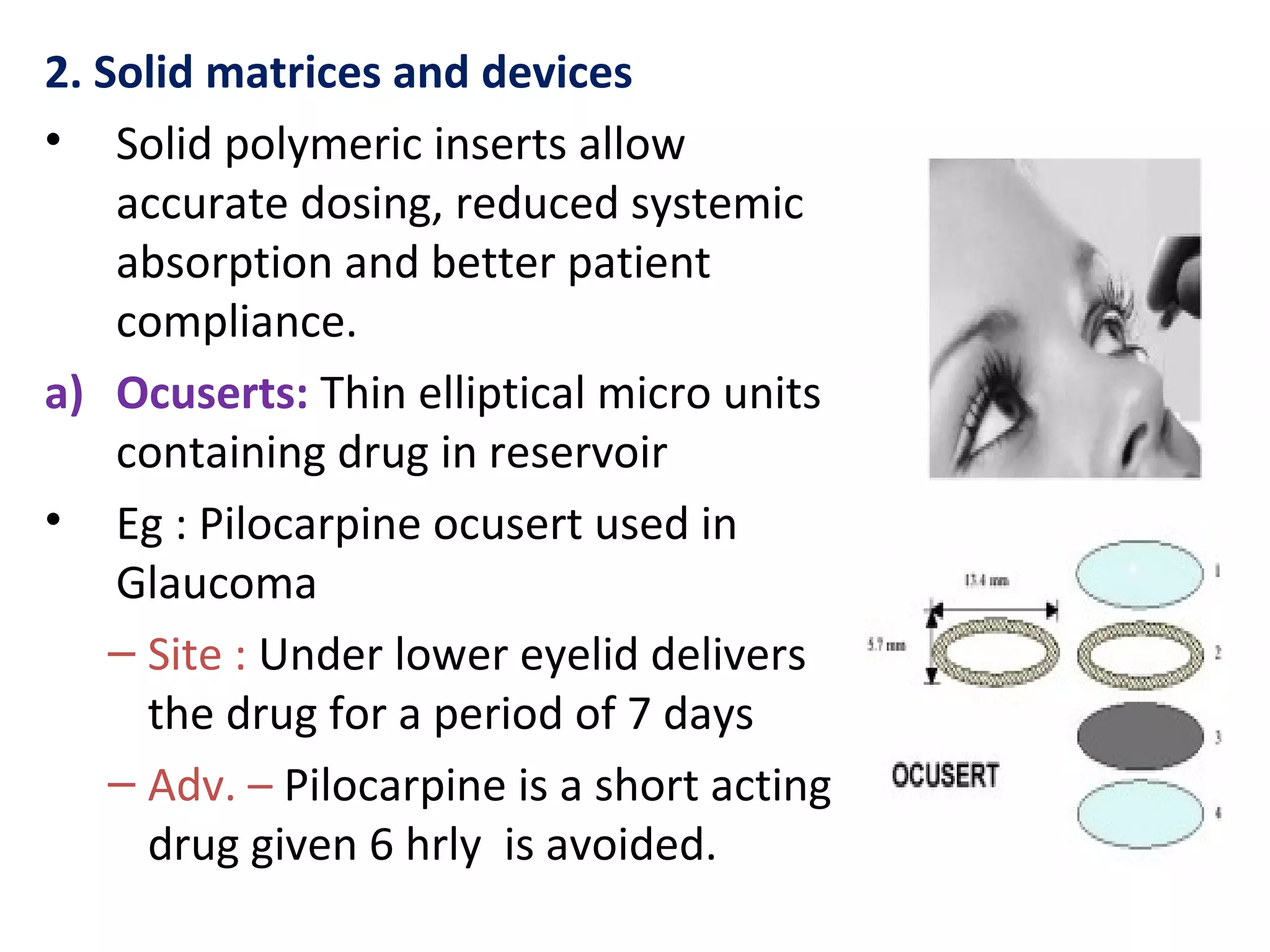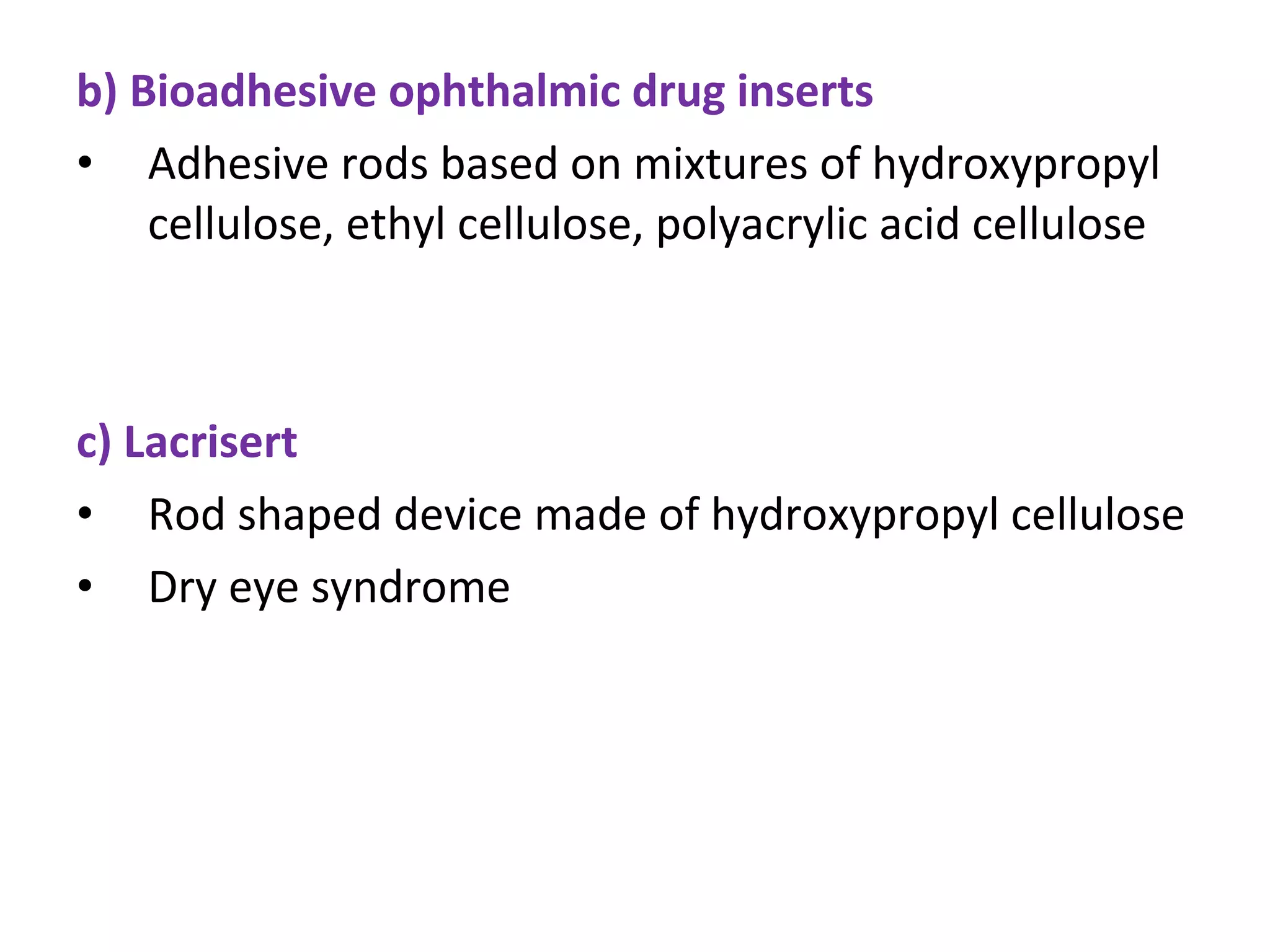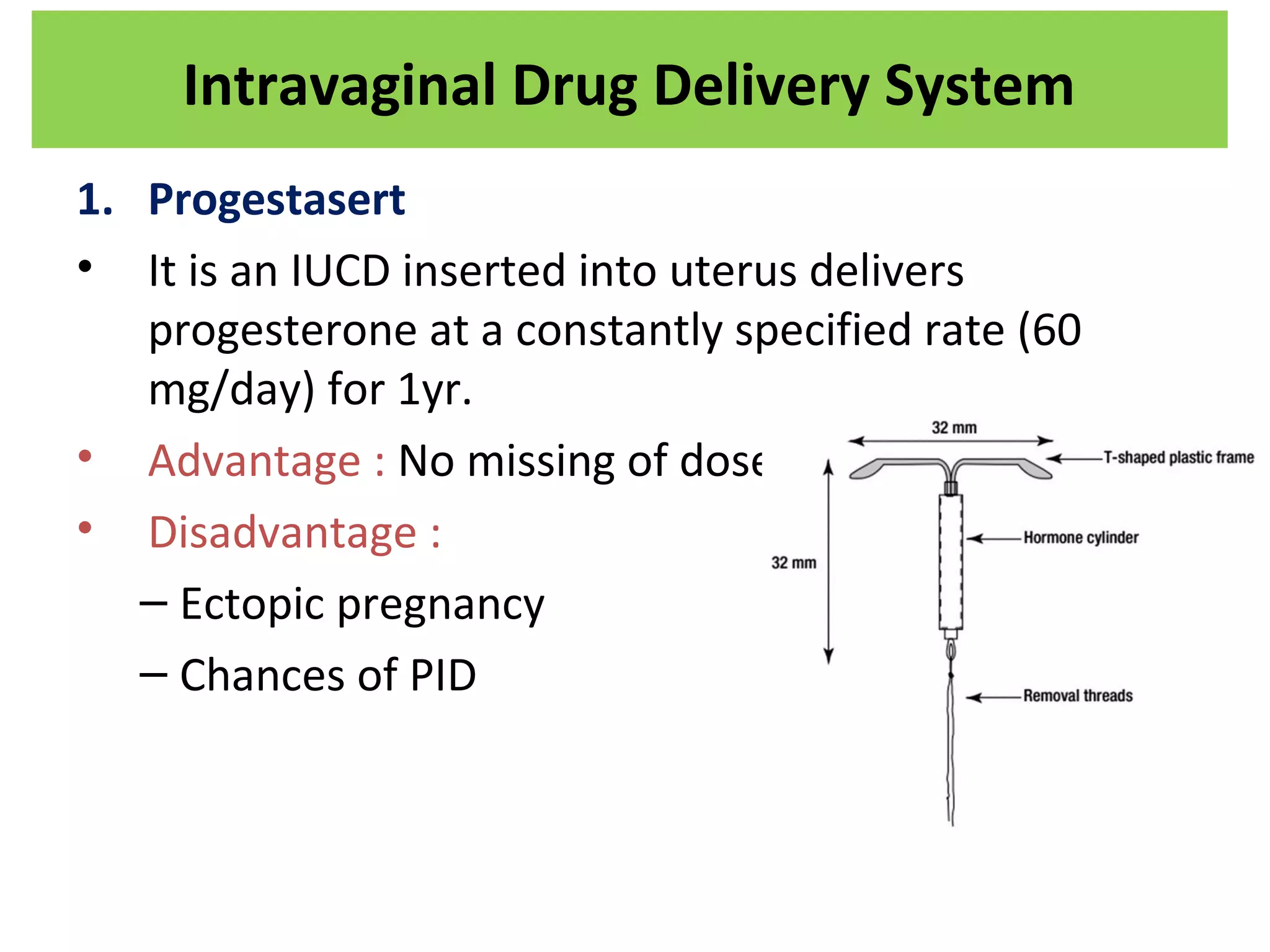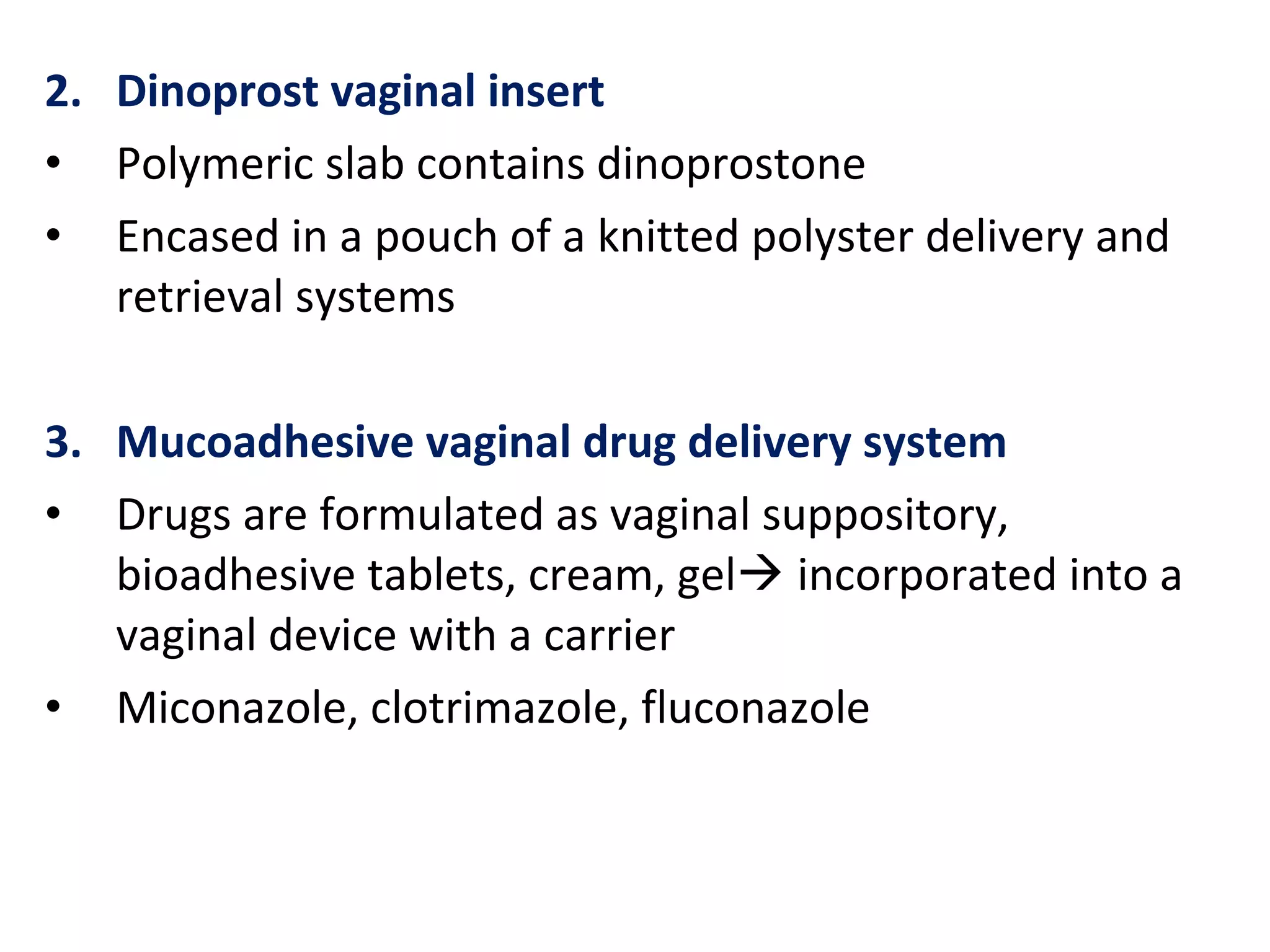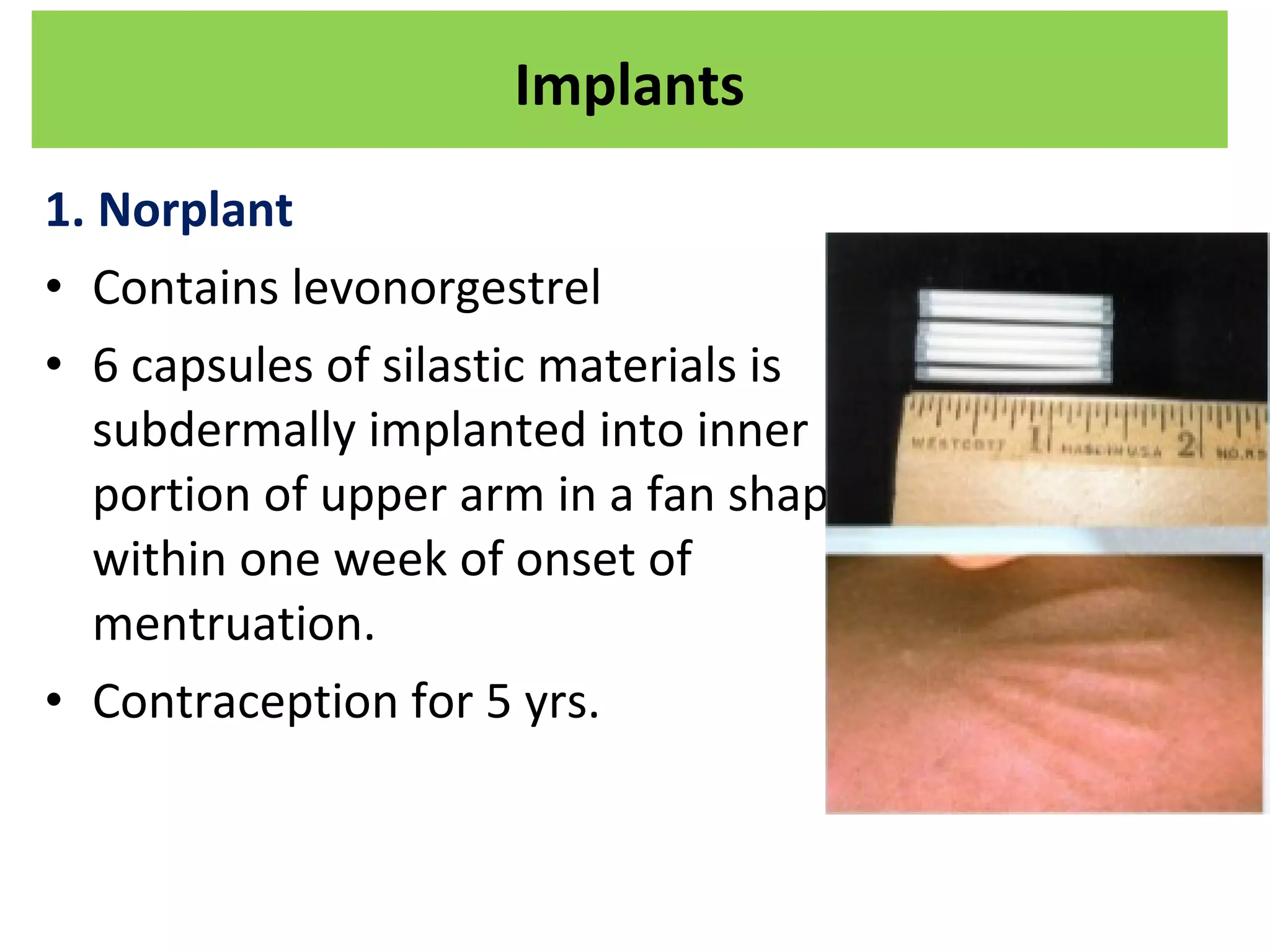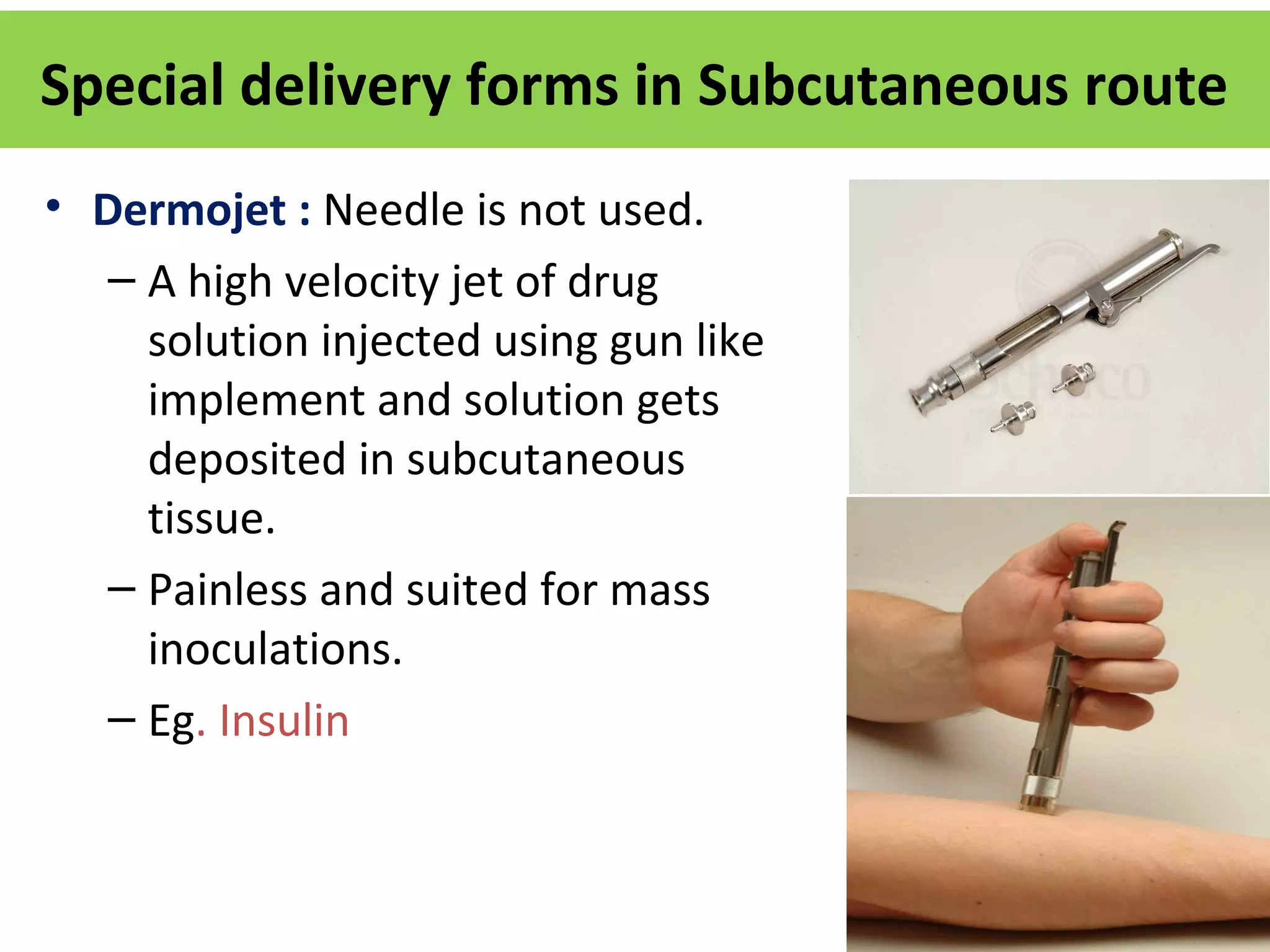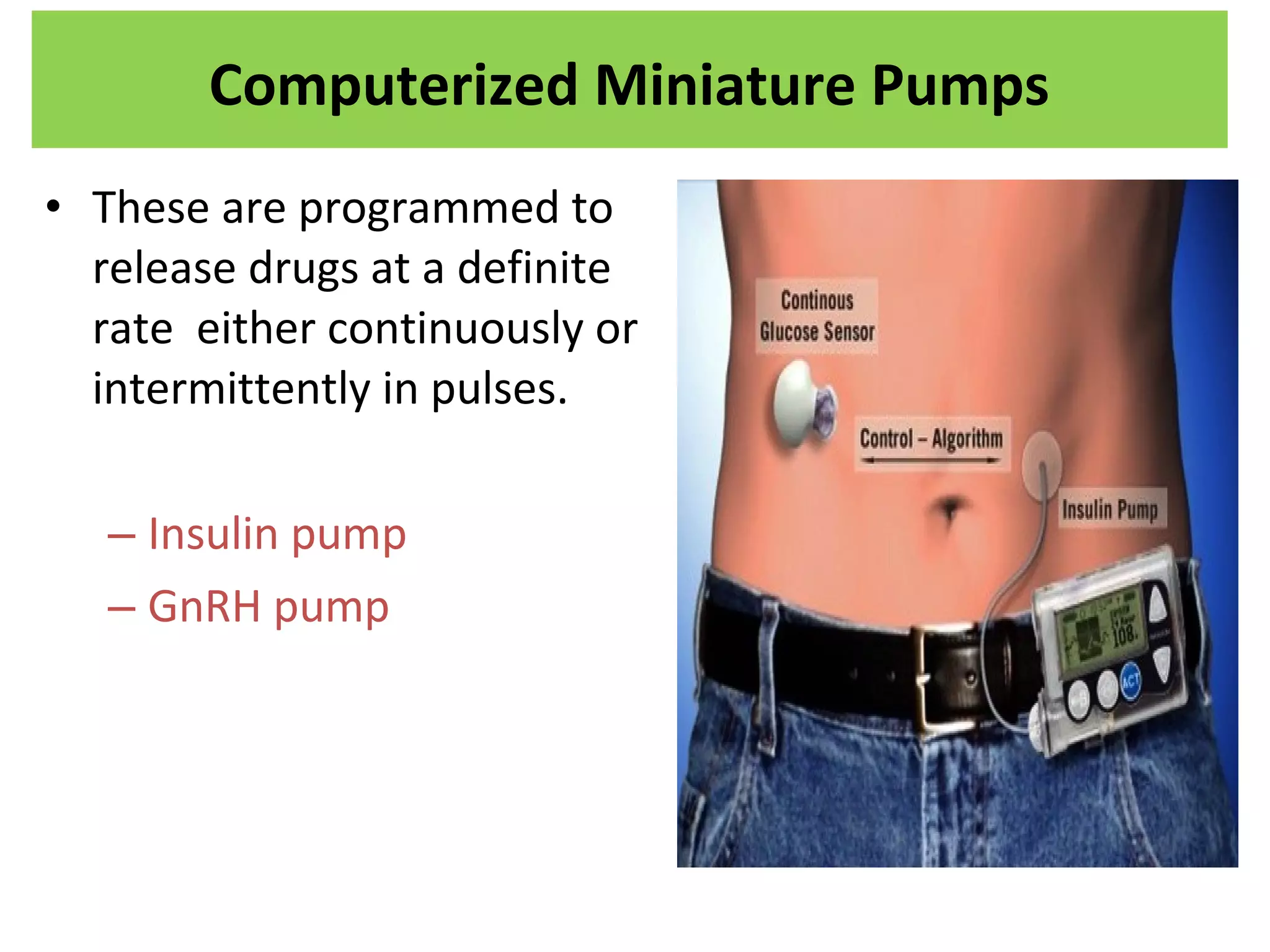The document outlines various drug delivery systems that enhance the administration of active pharmaceutical ingredients (APIs) to achieve therapeutic effects while addressing drawbacks in current therapies. It covers methods such as oral controlled release systems, ocular drug delivery, targeted drug delivery using nanotechnology, and innovative techniques like microelectromechanical systems (MEMS) for precise and sustained drug release. Additionally, it discusses challenges, potential solutions, and the development of systems that ensure improved efficacy, patient compliance, and reduced adverse reactions.

















